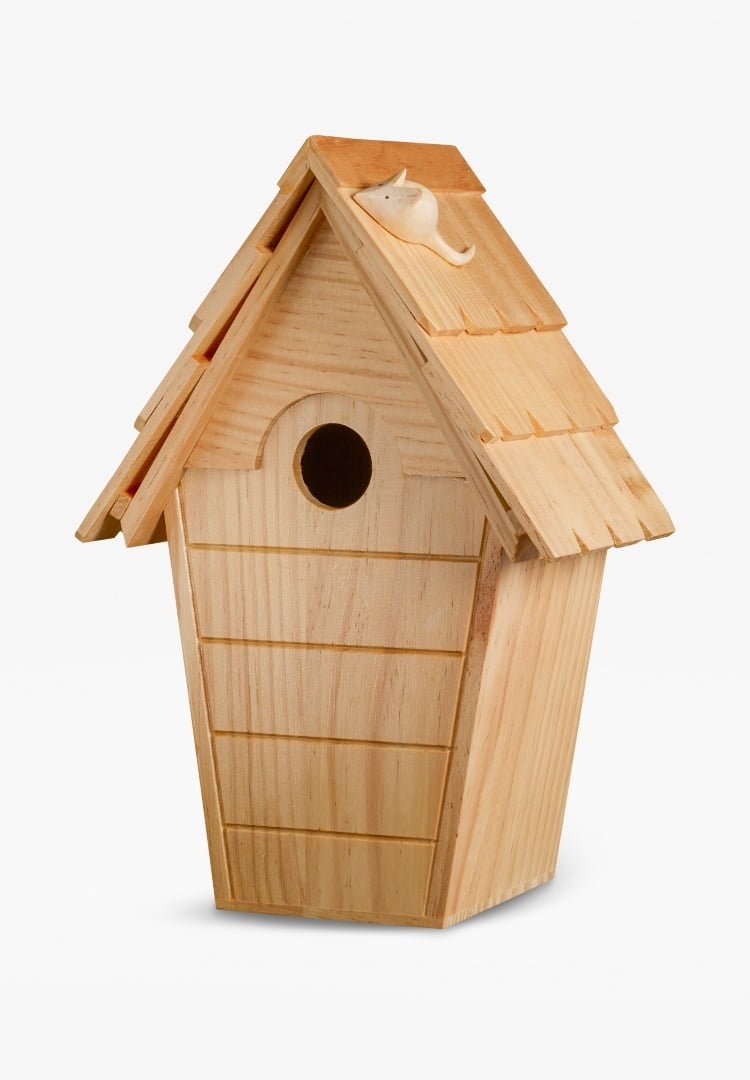An overview of the History of Dovecotes…
Dovecotes have been a feature of the British landscape for over a thousand years. They used to be a common sight especially at monasteries and manors, where the young birds, called squabs were highly valued for their tender and tasty meat.
The structures could be massive buildings in some cases, housing hundreds of birds which foraged for food in the locality, much to the annoyance of local farmers. Some of these huge dovecotes have survived and are now protected buildings. These beautiful structures can be found at various sites all over the world.
For centuries doves and pigeons were a valuable source of meat, and manure and their feathers were used for mattresses and pillows.
During the Middle Ages
During the Middle Ages, only manorial Lords could keep these birds, so the few remaining medieval dovecotes are connected with manor houses, castles, parsonages or former monastic sites. The laws relaxed after about 1600 so many later farms had dovecotes, until their use declined after the 18th century.
Freestanding dovecotes are more common though. Medieval Dove cotes were usually round and massively built in stone. The circular plan enabled squabs (young doves or pigeons) to be collected from the nesting boxes by a ladder attached to a revolving pole with arms, known as a potence. Examples survive at Dunster, Somerset (St. George’s Church) and Kinwarton, Warwickshire (National Trust).
However, in Wales and the far west of England, dovecotes could have a domed stone roof, such as the Knight’s Templar dovecote in Garway, Herefordshire, built-in 1326.
Timber-framed Dovecotes
If dovecotes were timber-framed, they had to be square, rectangular or polygonal.
With a little ingenuity, potency could still be used within some of these, for example, the polygonal dovecote at Erddig, Wrexham, and Clwyd (National Trust).
Brick began to be used in the 16th century and lent itself to a variety of shapes, though a round plan remained popular.
Dovecotes ceased to be a matter of pride and became socially unacceptable. Many were demolished, and others were allowed to fall derelict. In some Dovecotes, the pigeon entrance was blocked and was often converted for other purposes such as stables, granaries and cider houses.


Remaining Dovecotes
A detailed study in Somerset concluded that roughly five per cent of the total have survived to our own day. Outside the regions devoted to pastoral farming, few dovecotes survived the Napoleonic Wars without conversion; but in some places – Herefordshire and Nottinghamshire, for example – they continued in use much longer.
After the wars, there was a partial revival, but it did not last. By the middle of the nineteenth century, other developments in farming, and changes in the law, had effectively put an end to dovecotes.
Functional Buildings
Though they may appear picturesque to modern eyes, dovecotes were functional buildings, almost always built in vernacular styles using local materials.
However, some of the later ones, particularly those belonging to large country houses, were consciously designed to be a feature of the landscape.
Like other late Georgian garden features, they could be in any style that took the owner’s fancy, such as the mock-Gothic tower of Mounthooly Doocot, Aberdeenshire.
Dovecotes across the World
Dovecotes were also a popular feature across the World, including in France, Italy and Egypt. For more information, please visit the dedicated Wikipedia page by Clicking Here
Want to do some more research?
Please take a look at the below, which references some studies and gazettes on the history of Dovecotes and their importance over time.
Ariss, P., The dovecotes of Gloucestershire, Journal of the Historic Farm Buildings Group, vol. 6 (1992), 3-34.
Beacham, M.J.A., Dovecotes in England: an introduction and gazetteer, Transactions of the Ancient Monuments Society, vol. 34, (1990), 85-131. Based on published material.
Beaton, E., Doocots of Caithness (Scottish Vernacular Buildings Working Group 1980).
Beaton, E., Doocots of Moray(Moray Field Club 1978).
Cooke, A.O., Book of Dovecotes (1920), annotated by Helen Bresler. Covers England, Scotland and Wales. Includes bibliography.
Davis, E.M., Dovecotes of south Cambridgeshire, Proceedings of the Cambridgeshire Antiquarian Society, vol.75 (1986),68-89.
Dunn, M. et al., Doocots of Scotland: Lanarkshire (Scottish Vernacular Buildings Working Group 2006).
Gillon, J., Doocots in Scotland, Context no. 57 (March 1998). Liberally illustrated article.
Hansell, P. and J., Doves and Dovecotes (1988).
Jeevar, P., Dovecotes of Cambridgeshire (1977).
Lloyd, G., Flintshire dovecotes, Flintshire Historical Society Publications (1966), 78-82.
McCann, J., An historical enquiry into the design and use of dovecotes, Transactions of the Ancient Monuments Society, vol. 35, (1991).
McCann, J., The Dovecotes of Suffolk (Suffolk Institute of Archaeology and History 1998).
McCann, J., Two more Dovecotes of Suffolk, Proceedings of the Suffolk Institute of Archaeology and History, vol. 40(4) (2004), 460-465.
McCann, J., Dovecotes and pigeons in English law, Transactions of the Ancient Monument Society, vol. 44 (2000), 25-50.
McCann, J. and P., The Dovecotes of Historical Somerset (Somerset Vernacular Building Research Group 2004).
Peterkin, G.A.G., Scottish Dovecotes (1980).
Roberts, S., Dovecotes in the grand manner, Country Life, vol. 161 (1977), 322-3.
Severn, J., Dovecotes of Nottinghamshire (1986).
Spandl, K., Exploring the round houses of doves, British Archaeology, no 35, (June 1998). Includes a list of dovecotes open to the public in England and Wales.
Stainburn, I. R., A Survey of Dovecotes in the Old County of Herefordshire (1979).
Whitworth, A., A Concise Bibliography of Dovecotes and Pigeon Lofts (1986).
Whitworth, A., Dorset Dovecotes (1988).
Whitworth, A., Yorkshire dovecotes and pigeon lofts: a preliminary survey, Yorkshire Archaeological Journal, vol. 65 (1993), 75-89.




























